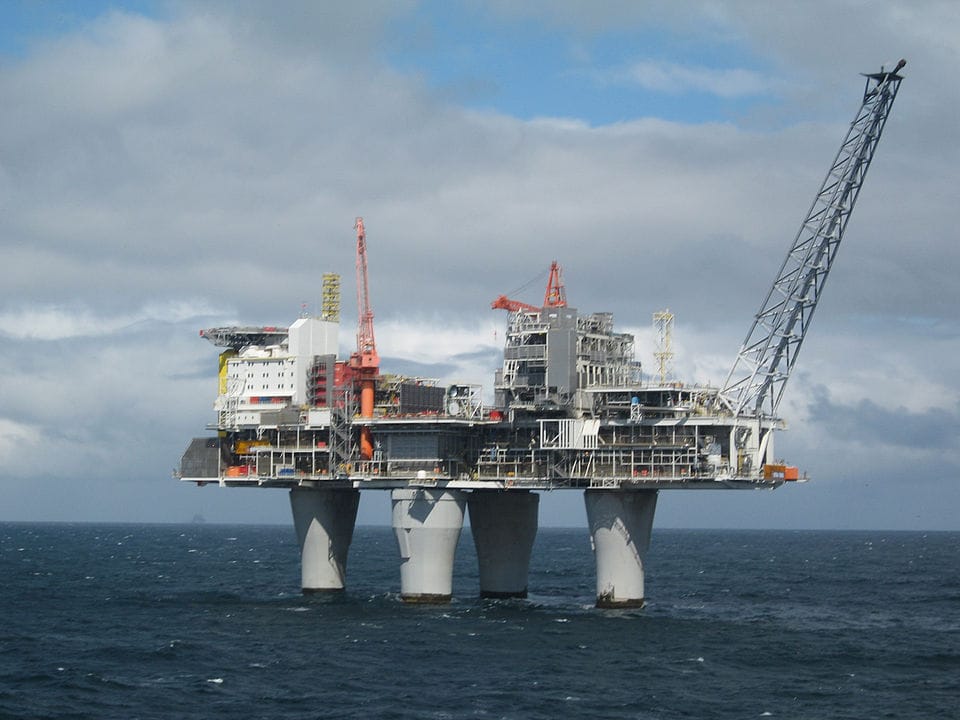Amping up
Electrification of oil and gas production is controversial, but necessary

Tapping renewable energy to make the fossil fuel industry greener is one of the more controversial aspects of the transition to a lower carbon world. Norway has been a pioneer, replacing diesel and gas fired generators onboard its offshore rigs with electricity generated by the country's hydroelectric power plants.
The first offshore natural gas project to be electrified at start-up was Troll A in 1996, and ever since the early 2000's the Norwegian authorities required operators to consider 'power from shore' as an energy solution. Fully electrified rigs on the Norwegian Continental Shelf (NCS) now emit 1.2 kilograms of CO2 per barrel of oil equivalent (kgs of CO2 per boe), down 86% from the 8.4 kgs of CO2 per boe emitted by the same assets before electrification.
Much of the attention on electrification is focused elsewhere, replacing fossil fuel generation with renewables, electrifying transportation, and installing heat pumps in buildings. However, as emissions from these sectors decline, the share of emissions from other sectors, ones that are more difficult to electrify, will loom larger in the eyes of policymakers and investors.
Rhodium's latest Climate Outlook (published in October 2024) indicates that by 2050, global industrial emissions will equal all emissions from power, transportation, and buildings combined. Oil and gas production is currently the most important industrial sector requiring decarbonisation, accounting for 28% of global industrial emissions in 2022. Rhodium expects oil and gas production to continue to be the main source of industrial emissions in 2050, and even more so through to 2100.
Rhodium's next Climate Outlook (due to be published ahead of the COP30 meeting in Brazil this November) is likely to show that oil and gas production emissions will account for an even larger share, reflecting the change in the US administration, and more broadly, the escalating energy security and affordability concerns observed over the past 12-18 months. A recent report by McKinsey gives a clue as to the changing dynamic, projecting that fossil fuels will still account for between 41% and 55% of global energy consumption in 2050. Although this represents a decline from levels today (~64%), fossil fuels are expected to play a dominant role until 2050, and perhaps well beyond.
Although critics have a valid point when they say that focusing on emissions from fossil fuel production (Scope 1 and 2) is pointless when the bulk of their emissions arise further down the supply chain (Scope 3), the projections from Rhodium, McKinsey and others suggest that this is a risky strategy. Far better to make fossil fuel production as clean as possible, no matter what actually happens to end demand.
With that context in mind, lets return to the cold, dangerous waters of the Norwegian North Sea to see what lessons we can learn from the pioneer of electrification, and what the future might hold based on developments several thousand miles further south, off the coast of Brazil.
Read the rest of this article with a 30-day free trial*
*and get access to the entire archive!





